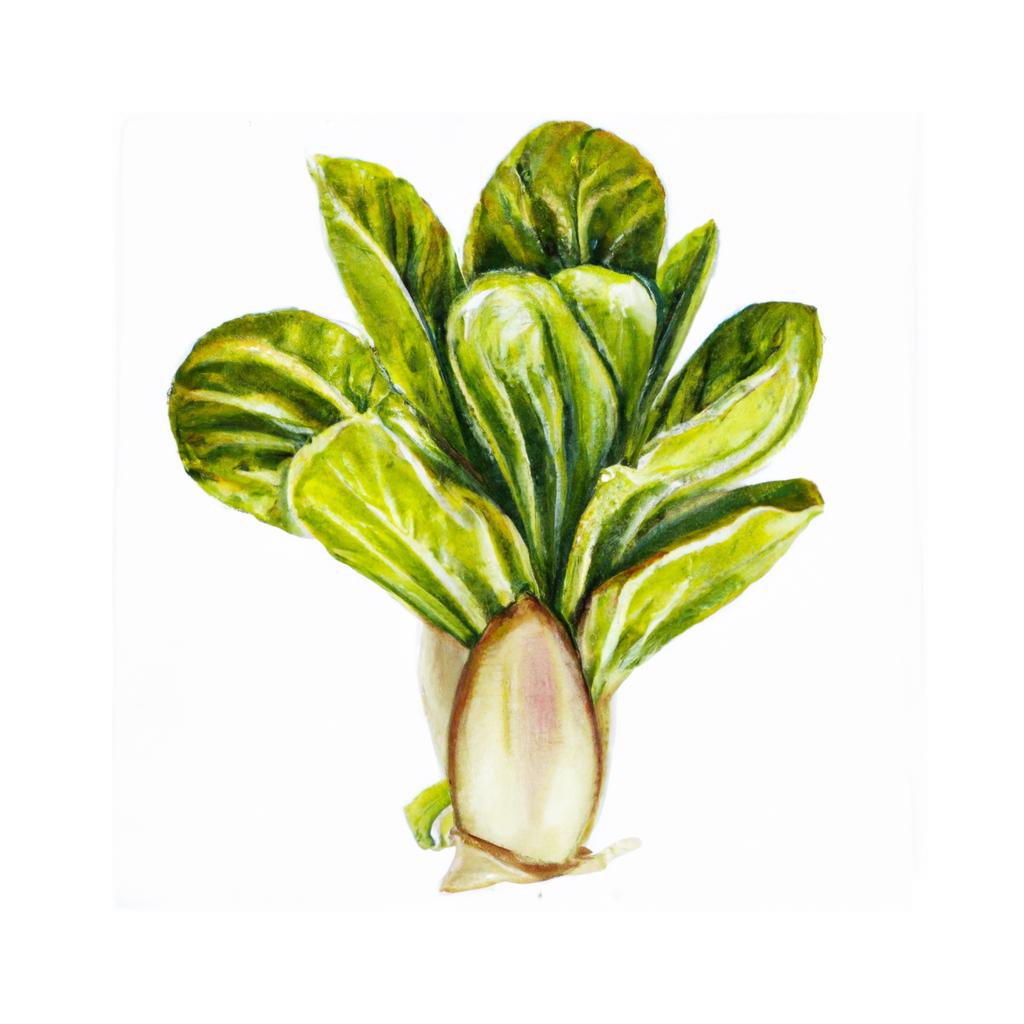
Pak Choi, also known as Bok Choy or Chinese Cabbage, is a leafy green vegetable that belongs to the Brassica family. This tasty and nutritious vegetable is popular in Chinese cuisine and has been cultivated for over 5,000 years. It has a subtle, slightly bitter flavor and a crunchy texture, making it a versatile ingredient in many dishes.
There are several varieties of Pak Choi, including baby bok choy, which is a smaller, more tender version. The leaves are dark green, and the stalks are white or pale green. It is rich in vitamins A, C, and K, as well as minerals such as calcium and potassium. Its high water content makes it a hydrating and low-calorie option for those watching their weight.
In traditional Chinese medicine, Pak Choi is thought to have cooling properties, helping to reduce inflammation and improve digestion. It is also believed to have anti-cancer properties due to its high levels of glucosinolates, which are sulfur-containing compounds that may help protect against certain types of cancer.
In the kitchen, Pak Choi can be enjoyed raw, steamed, stir-fried, sautéed, or braised. It pairs well with soy sauce, garlic, ginger, and sesame oil, often used in Asian-inspired dishes. You'll find it in recipes such as stir-fries, noodle dishes, dumplings, and soups. It can also be used as a side dish, by simply sautéeing it with some olive oil, garlic, and a splash of lemon juice.
When growing Pak Choi in your garden, it does best in cool temperatures and requires fertile, well-drained soil. It grows quickly, usually reaching maturity within 45 to 60 days. Be sure to keep an eye out for pests like aphids and caterpillars, which may damage the leaves. Additionally, Pak Choi is a cool-season crop, so planting it during the fall or early spring is ideal.
This is advice is most applicable to growers in the UK, you may need to adjust the timings if you live somewhere with a different climate and/or seasons.
| Month | Tasks | Advice |
|---|---|---|
| January | - | - |
| February | Sow seeds indoors, | Start Pak Choi seeds indoors in trays or pots, maintaining a temperature of 15-20°C (59-68°F). |
| March | Sow seeds indoors, Transplant seedlings outdoors, | Continue sowing Pak Choi seeds indoors and transplant seedlings outdoors in a sunny, sheltered spot with well-draining soil. |
| April | Harvest young leaves, | Begin harvesting young leaves when they are 5-7cm (2-3 inches) tall, allowing plants to continue growing for additional harvests. |
| May | Harvest mature plants, | Pick mature plants as needed, being careful not to damage the roots or disturb the soil around them. |
| June | - | - |
| July | - | - |
| August | Sow seeds outdoors, | Sow Pak Choi seeds directly into the ground in a sunny, sheltered spot with well-draining soil. |
| September | Harvest young leaves, | Harvest young leaves as desired, allowing plants to continue growing for additional harvests. |
| October | Harvest mature plants, | Continue to harvest mature plants as needed, being careful not to damage the roots or disturb the soil around them. |
| November | - | - |
| December | - | - |